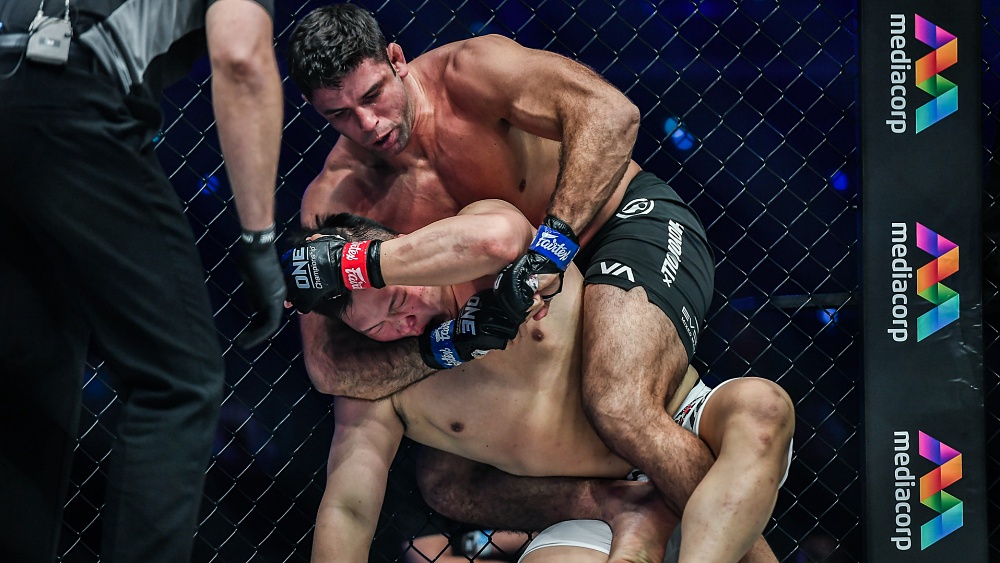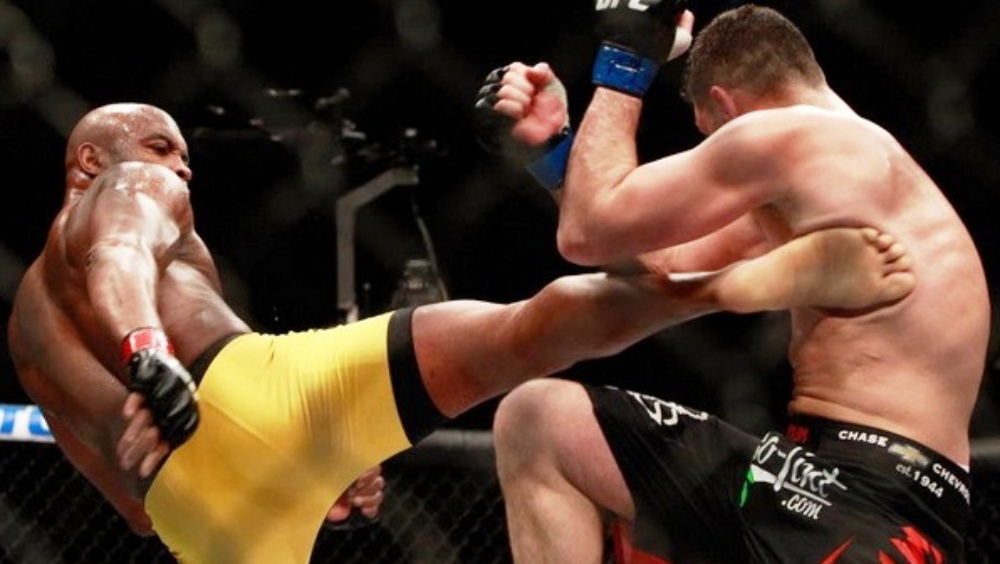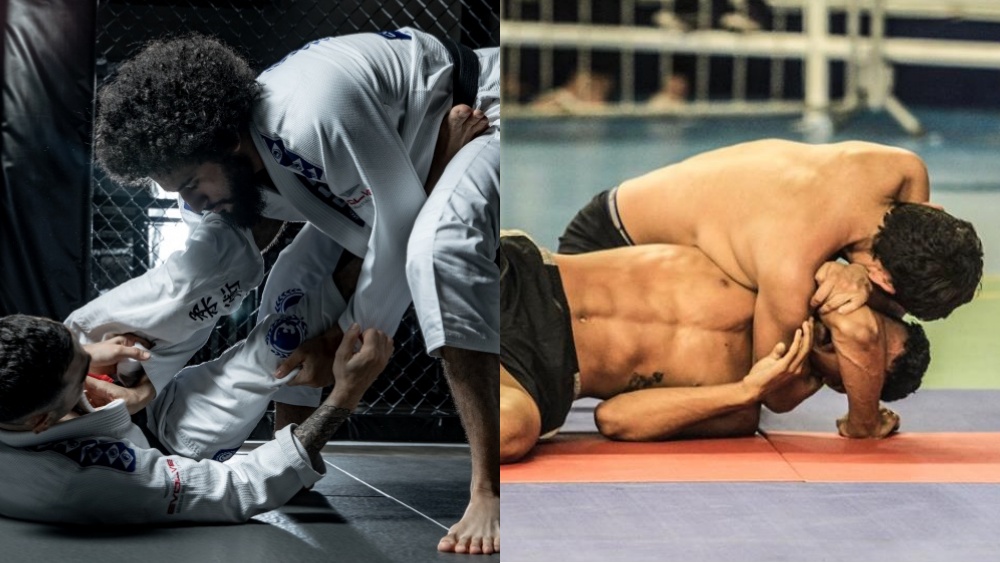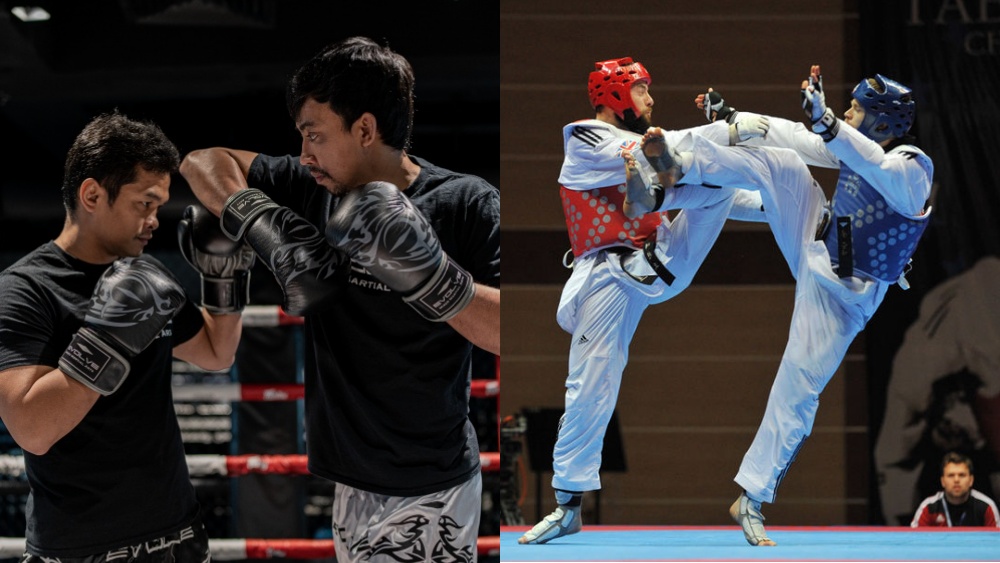Fighters win fights by using any and every trick they have up their sleeves. Sometimes, the fighter will even adopt and adapt techniques from different martial arts disciplines. This is exactly what happened during the Han dynasty when the Chinese military crafted a fighting style known as Shuai Jiao. The discipline incorporated moves from wrestling, Kung Fu, and several other martial arts.
As a result, Chinese soldiers became proficient in practical hand-to-hand combat that’s useful on the battlefield. The soldiers could use strikes, take-downs, and submission techniques to fight in close quarters. Mixing techniques from different martial arts saw the Chinese military enjoy solid results in real-world combat.
This snapshot from more than 2200 years ago proves that blending different martial arts is almost instinctual. With that, we look at the evolution of martial arts from ancient Olympics, to 19th century combat sports, to the MMA tournaments of today. We also see how institutions like UFC and ONE Championship further the growth of MMA as a global sport.
Mixed Martial Arts In Recent Antiquity
Pankration is an ancient combat sport that was a highlight of the ancient Olympics. This no-rules sporting event had all the markings of a blood sport, which explains its popularity and eventual banning. Ancient Rome would later adopt (and later ban) a variation of Pankration as entertainment in its colosseums.
Before becoming a sport, Pankration was simply the result of combat training for the Greek army. Greek soldiers learned a discipline that combined wrestling, boxing, and street fighting techniques. Again, we see a hybrid discipline delivering results on the battlefield, which is as real-world as it gets.
Through the centuries, Europe and Asia saw the rise of martial arts that adopted techniques from other disciplines. A world that grew more interconnected allowed combat disciplines from different cultures to interact. Here’s how different martial arts traveled across countries and continents.
Mixed Martial Arts In 19th Century Euro-America
Savate is a French combat sport that has plenty in common with kickboxing. In 1852, Savate fighters invited the English to a tournament. The competition would match bare-knuckle boxers from Britain with Savate boxers from France.
At the same time, the Western world was staging fights that would pit wrestlers against boxers. One of the more memorable fights of this kind happened in the U.S., way back in 1887. The fight matched the reigning heavyweight boxing champion with the reigning wrestling champion. In a trend that would continue to the present day, the wrestler won the fight.
The late 1800s also brought us fights that matched European and Asian fighting styles. This meld of cultures is an important pillar of modern-day MMA.
Mixed Martial Arts In 19th-Century Asia
Brazilian Jiu-jitsu has a few things in common with Shuai Jiao and Pankration. This Japanese martial art is a practical combat discipline that Samurai used on the battlefield. Grappling, takedowns and submission techniques are prominent features of this Samurai fighting style.
Jiu-jitsu has a central role in the development of MMA as we know it today. We owe the prominence of Jiu-jitsu in MMA to a Japanese martial arts innovator known as Jigoro Kano.
Jigoro Kano is the father and creator of Judo. Kano was an avid student of Jiu-jitsu and Samurai culture in general. He was also good friends with Gichin Funakoshi, who happens to be the father/inventor of modern (Shokotan) karate.
Kano’s interactions with Funakoshu enabled him to combine the grappling techniques of Jiu-jitsu with the takedown and striking techniques of Karate. The result is the versatile and effective judo techniques often used in modern MMA like hip throws. Judo and jiu-jitsu would soon travel across oceans to take their place on the world stage.
Judo And Jiu-Jitsu Go To Brazil
The late 19th century saw the development of judo, which borrows heavily from Karate and jiu-jitsu. The early 20th century finds judo and jiu-jitsu becoming a staple in the Brazilian fight scene.
It all starts when a judo expert from Japan establishes a business in Brazil, with help from a local. The judoka shows his appreciation by teaching jiu-jitsu to the young sons of his newfound Brazilian friend. It’s important to remember how rarely Japanese culture shares its martial arts with outsiders.
In any case, this is how young Carlos and Helio Gracie learned jiu-jitsu from a judoka named Mitsuyo Maeda.
The Birth And Growth Of Brazilian Jiu-Jitsu
It’s 1925 when the Gracie brothers started a judo studio in Brazil’s capital. As they teach, they also promote their unique style of jiu-jitsu. Their variation of jiu-jitsu becomes wildly successful because it is effective. It becomes the martial arts discipline that we know as BJJ or Brazilian jiu-jitsu. Helio Gracie crafted and perfected BJJ to create a fighting style that allows fighters to win against much bigger opponents.
The Gracie brothers publicized BJJ by issuing the Gracie Challenge. Fighters from all over the world were invited to the Gracie studio in Rio. They would travel to Rio to test their skills and technique against Brazilian jiu-jitsu. Many fighters from all over the world accepted the challenge, and many fighters lost to BJJ.
Inside Brazil, BJJ was developing a well-deserved reputation as a popular but violent sport. It may have something to do with the fact that the Gracie fights had few rules to speak of. It would be years before a unified set of MMA safety rules would take effect.
MMA At The Turn Of The 20th Century
The Gracie family did plenty to bring MMA into the mainstream culture of multiple countries. We even see members of the Gracie family move to the U.S., where they teach and promote Brazilian jiu-jitsu.
At the same time, fighters and martial artists from different continents continued to compete with opponents from different disciplines. As an example, Muhammed Ali fought an accomplished Japanese wrestler known as Antonio Inoki. The rules for this fight were made on the fly, and they kept changing; even when the fight was only days away. In a few short years, a unified set of rules would make MMA fights safer and more acceptable.
MMA Goes Mainstream
Celebrities like Bruce Lee go down in history as people who brought martial arts to the masses. Notable names like Royce Gracie go down in history for creating a vision of what MMA could become.
In 1993, Royce Gracie won the very first, second, and fourth UFC tournaments by defeating much larger opponents. This impressive feat by Gracie cemented the place of BJJ in mixed martial arts. Today’s MMA fighters continue to adopt useful techniques from the Gracie variation of jiu-jitsu.
The viewership of the fights grew to hundreds of thousands of viewers for each televised event. This near-instant popularity came with scrutiny and a justifiable reputation for something not seen on television before. Eventually, the Unified Rules of MMA was created and these rules are now applied in most countries and governing bodies that oversee MMA tournaments.
Rules For MMA Fights

Marcus “Buchecha” Almeida got the back of Kang Ji Won, ready for the rear naked choke that led him to his victory.
MMA bouts were once famous for having few rules, and this has been the case since ancient times. The only rules that have persisted through the ages are no eye-gouging and no biting.
Today we have the Unified and also the Global rules for MMA, and they do plenty to help with the safety of MMA fighters. Here are some of the rules that major promotions like ONE Championship enforce:
- No shoes and headgear
- No biting, eye-gouging, hair-pulling, or groin strikes
- Throat strikes are forbidden
- Strikes to the spine and the back of the head are forbidden
- Fighters are discouraged from grabbing the cage as a way of resisting a takedown
Today’s fights also have time limits, which wasn’t the case in the earlier eras of MMA. Non-championship fights usually consist of three rounds, with each round lasting five minutes. Championship bouts usually comprise five rounds that last for five minutes each.
If the fight goes the distance, a three-judge panel decides the winner according to the rule set.
Mixed Martial Arts Is Now Global
Governing bodies like ONE Championship and the Ultimate Fighting Championship organize MMA tournaments in many countries across the world. These institutions also oversee the enforcement of rules for championship and non-championship fights. This means that the future of MMA is worldwide growth, more innovation, and better safety measures.
You may also like:

















